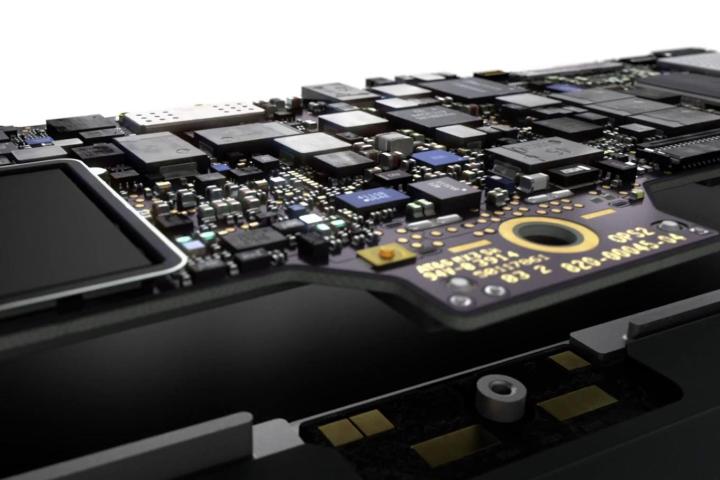
Now we know. A pair of early results have appeared in the GeekBench database. The single-core figures come in at 1,924 and 2,044, while the multi-core results come in at 4,038 and 4,475. According to the data, these figures were generated by a system with the entry-level 1.1GHz Core M-5Y31 processor.
How do those results stack up? The latest MacBook Pro 13 with Retina scored 3,007 in GeekBench’s single-core test and 6,596 in the multi-core test, so it would seem the Pro is about a third quicker than the new MacBook.
The figures are no more favorable when compared to Windows ultrabooks. These scores, if placed in our line-up of GeekBench results, would be the worst that we’ve recorded since the Zotac Zbox OI520, which had an Intel Core i5-4200U processor. Most systems reviewed at least break the 2,000 mark in the single-core benchmark, and the Samsung Ativ Book 9, a close competitor to the Apple MacBook, scored 2,515 when we tested it.
It now seems certain that it will prove substantially slower than even the entry-level Air, perhaps so much so that it impacts the “average” owner. Buyers may have a hard time accepting inferior performance from a machine that’s priced at $1,300. Here’s hoping battery life and build quality blow us away, because these early benchmark results aren’t promising.
Apple will be release its new addition to the MacBook line on April 10th at $1,299 for the base model.
Editors' Recommendations
- The XPS 16 is fighting an uphill battle against the MacBook Pro
- MacBook Pro 16 vs. MacBook Pro 14: The important differences
- The biggest threat to the MacBook this year might come from Apple itself
- Why you should buy a MacBook Pro instead of a MacBook Air
- Which color MacBook should you buy? Here’s how to pick


